"Wash your hands!" – has been repeated more and more often as COVID-19 is spreading around the globe. Why is handwashing education so important?
Not only with COVID-19, but many other diseases and conditions are spread by not washing hands with soap and clean, running water.
Hand hygiene is the infection control that prevents healthcare workers from being colonized with a potentially life-threatening disease. However, proper handwashing affects the entire population, not only healthcare workers.
With unwashed hands, each person can spread germs onto food or to other objects (toys, switches, etc.) where they can multiply and then spread to another person's hands—ultimately leading to illness. Harmful germs and viruses can quickly get into the body by touching the eyes, nose, and mouth, and result in disease.
Handwashing education in the community reduces:
- the number of people who get sick with diarrhea by 23-40%
- respiratory illnesses, like colds, in the general population by 16-21%
- absenteeism due to gastrointestinal symptoms in schoolchildren by 29-57%
The top two killers of young children around the world are diarrheal diseases and pneumonia. Handwashing with soap could protect about one out of every three young children who get sick with diarrhea and almost one out of five young children with respiratory infections.
Furthermore, the CDC recommends hands washing with soap as a way to prevent the spread of COVID-19.
Handwashing Prototype
SoftServe R&D, together with the Healthcare unit and solution team, created an AI-powered prototype to be developed as a product for schools, offices, healthcare facilities, and more to increase the number of proper hand washes. The prototype works by educating people and verifying the correct cleaning of all hand surfaces.
Making it work
For the demo purposes, developers use a tablet with a regular camera. However, the algorithm could work with video captured by any standalone camera or phone. In this demo, the tablet is held by another person or placed on the top of the sink with special mounting, allowing the user to see the display. The tablet camera captures the area of the sink, while the video is processed with advanced AI and computer vision (CV) algorithms capable of robust real-time hand tracking. Such algorithms detect up to 21 3D vitalkey points of a hand from just a single frame providing information about fingertips and the phalange’s positions (blue lines represent connected key points). For the demonstration of the AI-model’s capabilities, creators used the washing hands flow recommended by the National Health Service UK, which includes 12 steps. Steps three through nine include specific hands movements that must be completed to wash all surfaces of hands properly. Each of the steps can be precisely classified based on calculations of distances of the related key points.
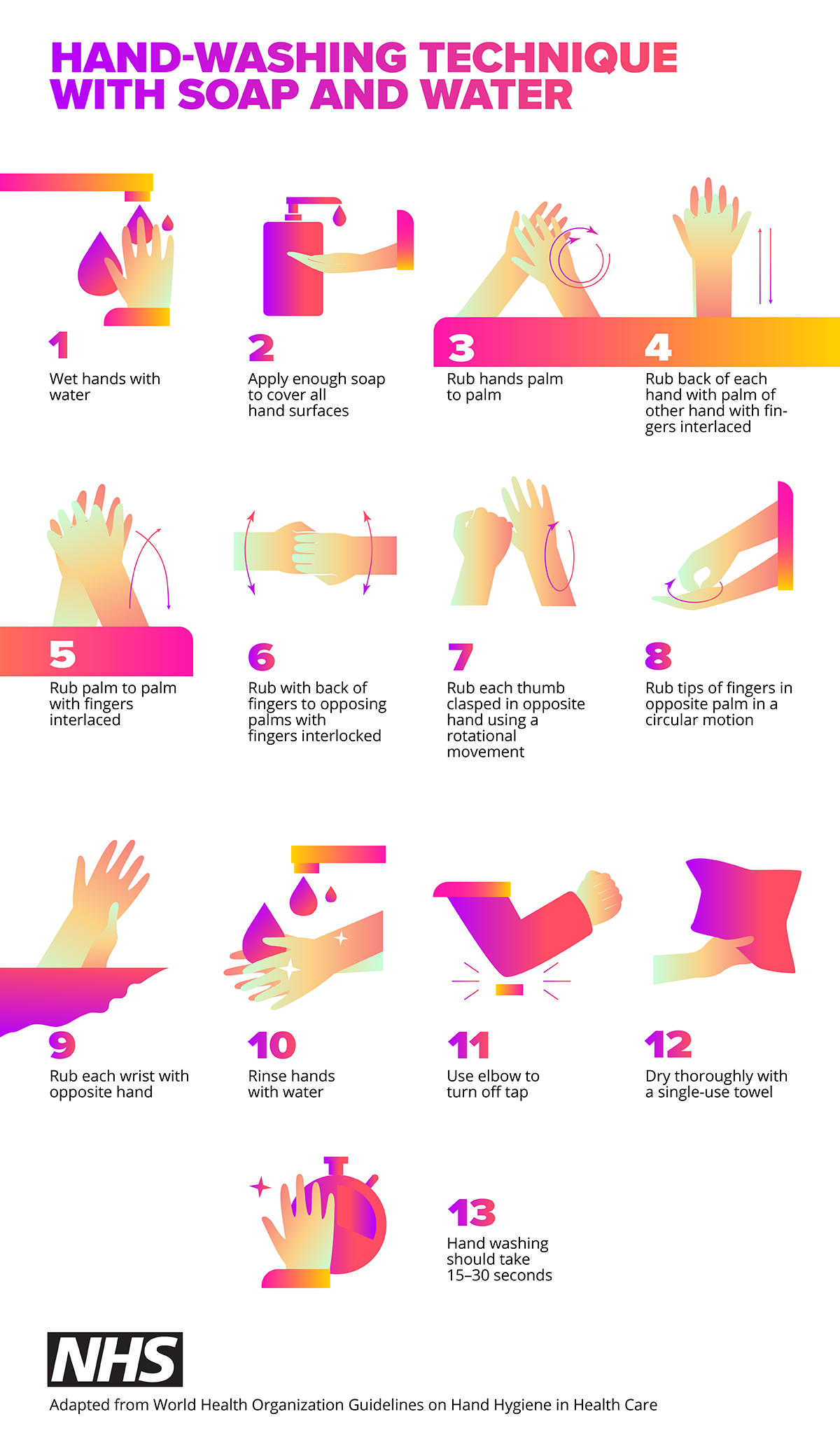
To decrease the cognitive load on the person and be more flexible for the user, the device counts the steps taken no matter what order. The tool considers two factors to decide the success of the process, whether all steps were completed, and the timing followed.
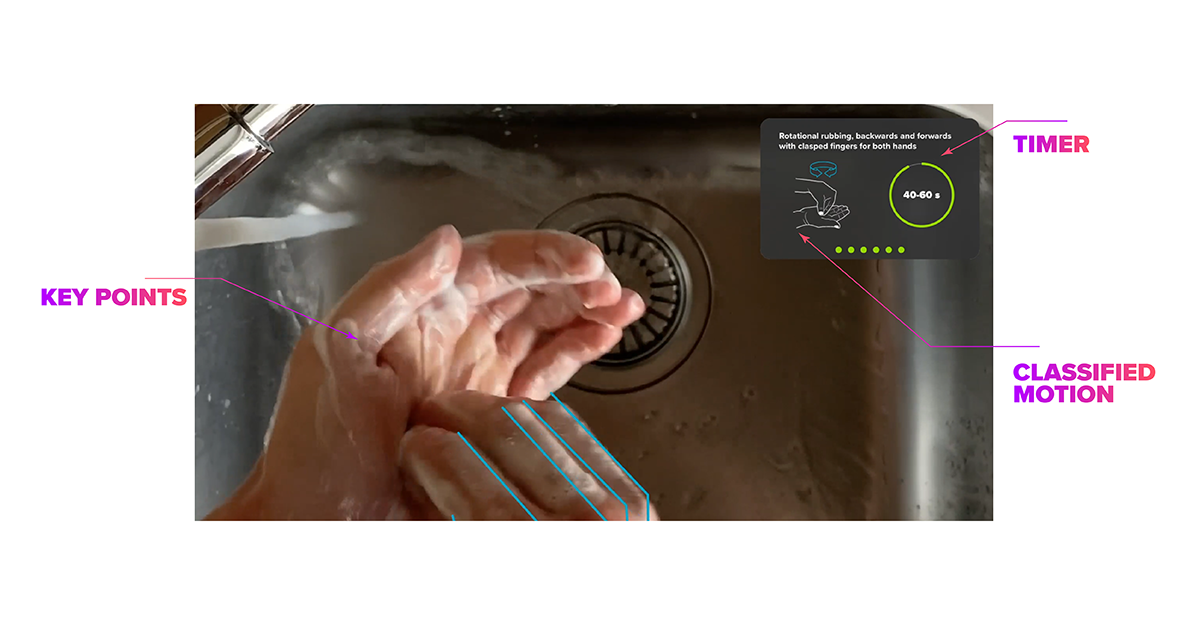
It also is essential to minimize the contact of the tool with clean hands, so the user can start washing their hands, and the device automatically initiates the process of tracking and walkthrough. When the tool views a successful completion, it simply displays the message. If the user removes their hands during the process, the tool presents the corresponding message to finish the hands washing.
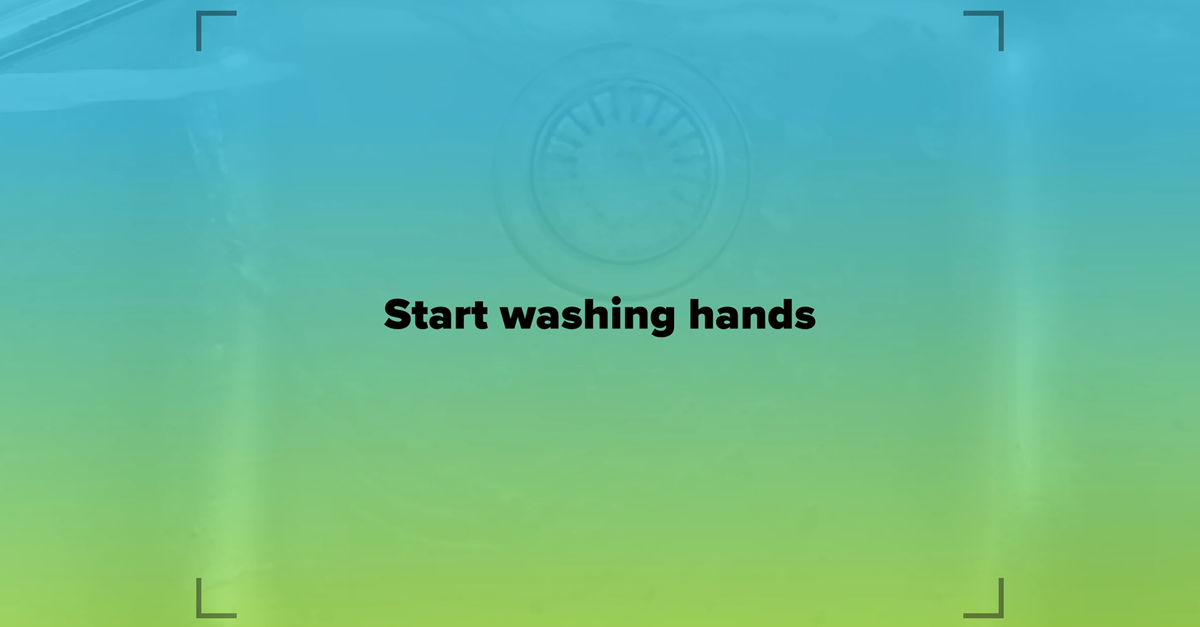
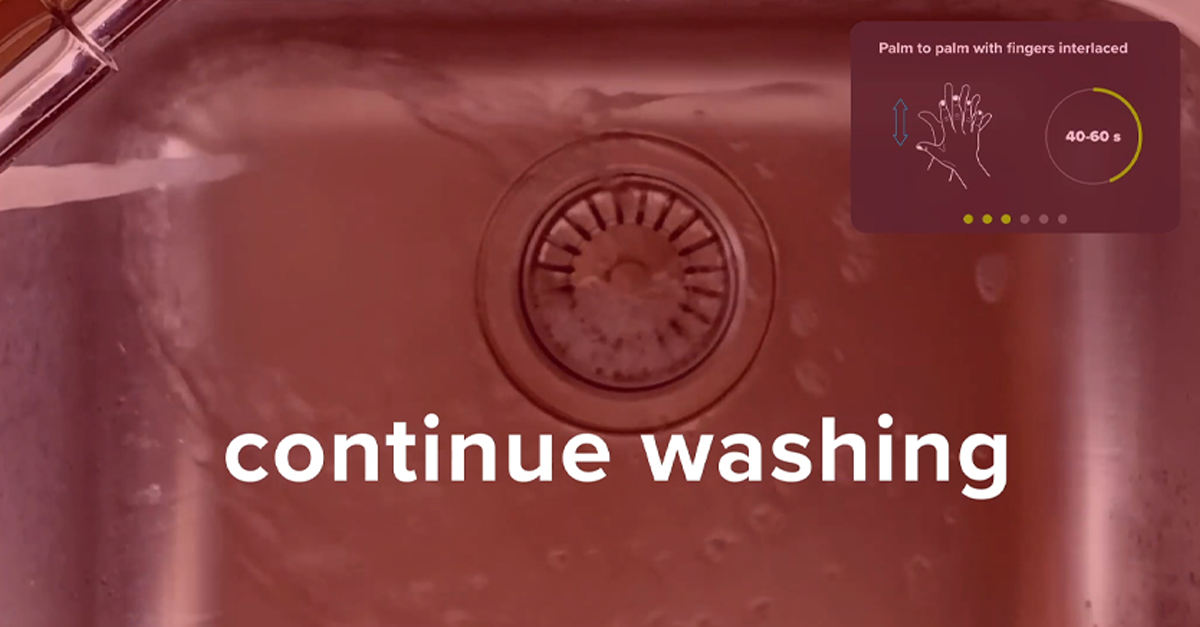
The handwashing walkthrough is not only to educate users but also to provide a positive experience while praising the user for every step completed, making the user aware of handwashing importance.
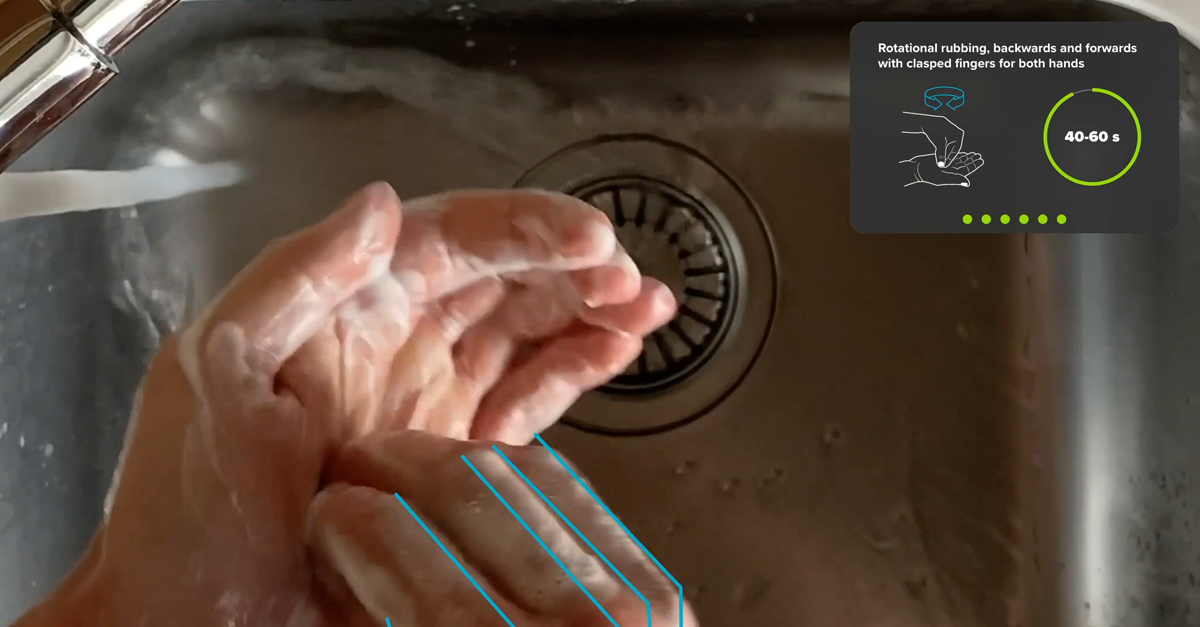
Solution delivery
The technology can be implemented in various ways depending on the environment and handwashing standards. For healthcare workers, the procedure may include additional steps, while for restaurants, it could be used to make sure food is cleaned properly. Schools and kindergartens, as well as parents, can use the tool for more fun children's education on the topic of hand hygiene.
The device can be designed to fit the various environments providing different user interfaces. The core algorithms always stay the same while wrapping is all about what users need. Possible devices may include a phone app, smart IoT device with a camera attached to the sink or a wall, and light signals or voice instead of a visual user interface.
Working towards the future
All healthcare facilities and public dwellings should look for ways to slow the spread of illness with advanced hand washing solutions. SoftServe’s handwashing prototype works with easy-to-implement technology to positively influence populations. To view a demo and get started, contact SoftServe today.


